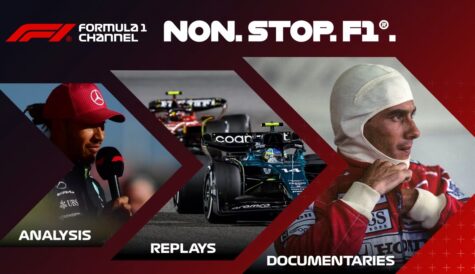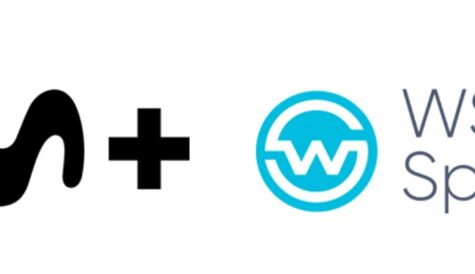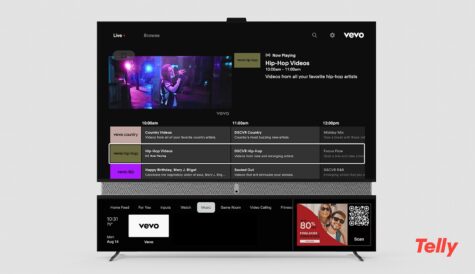A payment method rethink for OTT TV
The Over The Top (OTT) direct-to-consumer market opportunity demands a payment method rethink, writes Michael Tomlins, CEO of Infomedia.
 Changing viewer behaviour has led to an increase in content providers marketing their content direct-to-consumers – bypassing the TV networks or channels they relied on previously.
Changing viewer behaviour has led to an increase in content providers marketing their content direct-to-consumers – bypassing the TV networks or channels they relied on previously.
Most content providers are currently focusing their efforts on identifying the right distribution channel, the quality of the content and how to get in front of consumers. These are all key components of an effective go-to-market strategy. At the same time however, direct-to-consumer marketing brings new challenges for Video On Demand (VOD) providers and few have fully considered all the methods for monetising their content.
Overcoming the challenges of the direct-to-consumer approach
One of the main challenges of this new direct-to-consumer approach is that many content owners won’t have an existing relationship with consumers. To win them over, not only do they have to provide compelling content and potential market focus but they will have to consider payment methods that bypass any long-term subscription process or a constant need to provide credit card details.
This has put pressure on traditional content owners to future proof their business by trying something different. We have seen big players moving in to own the customer relationship and content provision directly. Disney for example cut ties with Netflix in favour of launching their own SVOD service scheduled for late 2019. There is also a plethora of smaller players targeting niche markets: Azomee and Hopster for example are among the 20 OTT service providers offering direct-to-consumer children’s content.
A direct-to-consumer approach will see content owners leveraging the distribution of key platforms such as Android TV, the App Store and Samsung TV and protecting themselves against being forced out of the market altogether. It also pushes content owners into new areas of business they previously didn’t have to worry about. In the past when a network bought a TV show they would take care of all marketing activities, but the onus is now on the content owner to attract as many viewers to its content or paying customers to its new subscription model as possible. In addition to marketing and customer acquisition, smaller players will have to add other cost lines to their business including proposition management, payment processing and customer service.
Downward pressure on content pricing
Younger TV viewers have moved away from linear TV towards OTT content that can be recorded, streamed and viewed at a moment that suits them. In the UK, traditional TV viewing figures amongst the under 25s were down by 33% between 2010 and 2016.
Subscription Video on Demand (SVOD) on the other hand, is booming. In Europe, it is the main growth driver in on-demand, representing 66% of total 2016 pay-on-demand service revenue. In the UK, the number of homes accessing at least one of the three main VOD providers – Netflix, Amazon and Now TV – broke the 10 million barrier for the first time last year.
However, content owners can no longer demand higher prices as they compete with dominant SVOD players. The likes of Netflix and Amazon can procure content at much lower prices due to their market position and global scale. Both have also started to build up a reputation as exclusive content creators with shows such as the highly successful Orange Is The New Black (Netflix) and The Grand Tour (Amazon).
Frictionless payments taps into the global OTT opportunity
Improved data connectivity has driven rapid growth in the consumption of OTT mobile services. Consumers increasingly demand a converged service allowing them to watch wherever and whenever they want. By 2023 video will account for 75% of global mobile data traffic.
Direct Carrier Billing (DCB) is a powerful tool to help acquire and monetise viewers in a secure fashion and it’s optimised
for the channels consumers prefer – whether purchasing to download or stream on the mobile device or smart TV for example. DCB enables consumers to charge transactions straight to their mobile phone bill providing a frictionless, attractive alternative for purchasing one-off rentals. It removes as many of the obstacles to purchase as possible, requiring the viewer to worry only about what they want to watch. The payment method is growing globally with major brands such as Spotify and increasingly Amazon using it as the preferred payment method.
Content owners must also look beyond the US and Western European market for sustained growth. Asia Pacific for example is the most diverse market in its appetite for OTT content partnership deals. The OTT opportunity in the Middle East is very big indeed and rapid growth is expected.
However, most countries in that region are ‘cash only’ societies. If the largest players in the OTT sector require customers to use credit or debit cards, they will likely fail to capitalise on the market’s growth potential.
By separating the transaction from a bank account or card ownership, content owners can ‘growth hack’ the international audience and drive extra revenue in areas where the OTT opportunity is still relatively untapped. With mobile consumption expected to grow globally, providers keen to stay at the forefront of modern content delivery should embrace the DCB opportunity to take a larger share of this growing market.
Ultimately, content providers who want to deliver innovative Video On Demand (VOD) OTT services that are fit for the modern consumer, must take a more nuanced approach to payments and offer a more fit-for-purpose method.



